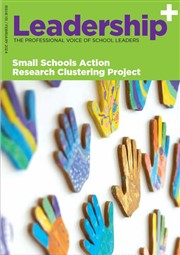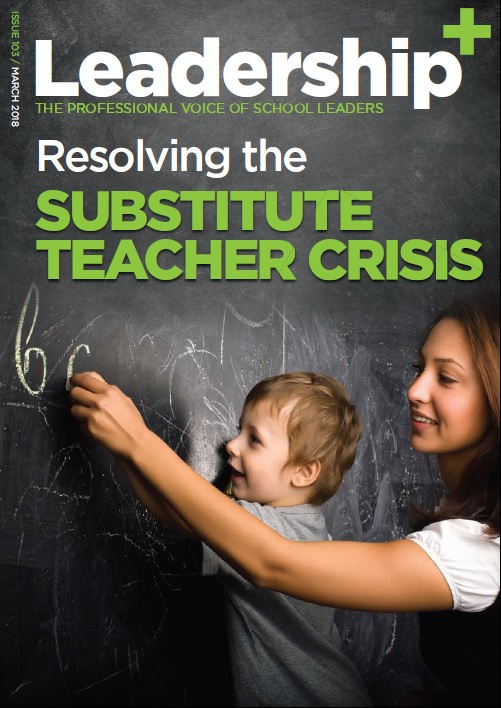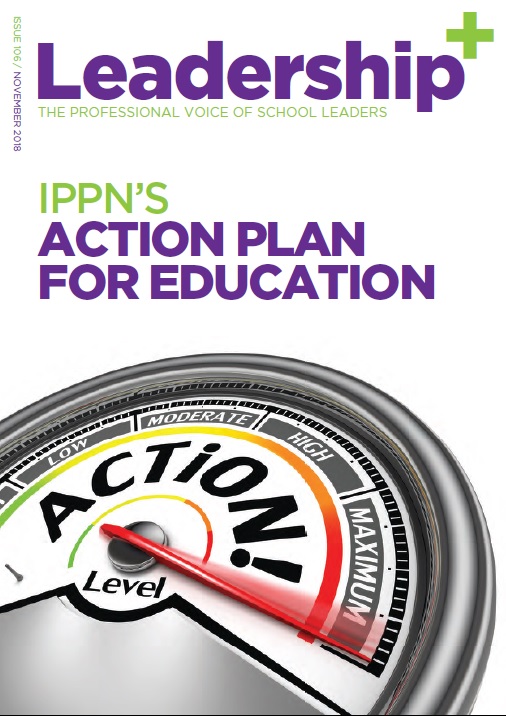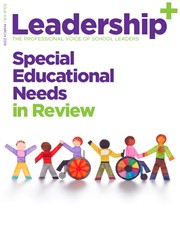Classroom bullies pick on immigrant students
- Last Updated: Thursday, 02 October 2008 01:00
By John Walshe Education Editor
Immigrant children suffer more bullying than their Irish classmates, with African pupils the most targeted, a major study has found.
Foreign children are over-represented in disadvantaged schools, according to the survey of 1,200 primary and second-level school principals.
And pupils from Africa experience greater levels of bullying than those from Eastern Europe, it revealed.
However, it suggests bullying may not always be 'visible' to teaching staff, especially in second-level schools. There is need for a consistent practice on anti-bullying policies. These should incorporate intercultural issues as Irish students have empathy but little knowledge of other cultures.
It shows that newcomer children make up at least 20pc of the school-going population in around 250 primary and 25 second-level schools. In some cases, the percentage is much higher.
Three out of every five primary schools and eight out of every 10 post-primary schools have at least one pupil whose parents are from outside Ireland. The 40pc of primary schools that don't have any, tend to be small schools in rural areas.
Around 60pc of schools with newcomers report difficulties with the English reading and writing of more than half of the pupils. Separate immersion classes are more common in schools with a high percentage of newcomers, but this has implications for the social integration of students.
About 10pc of primary schools and 15pc of second-level schools which have overseas students have six, seven or more nationalities enrolled.
Aspirations
Thirty per cent of primary and just over half the post-primary principals rate the aspirations of newcomers as "above average".
Preliminary details of the massive Economic and Social Research Institute (ESRI) study were released yesterday to a conference on intercultural education by two of the researchers, Emer Smyth and Merike Darmody -- the other researchers involved were Demla Byrne and Fran McGinnity.
Dr Smyth said the study suggested that levels of bullying depended on the ethnic origins of the student, but it seemed to be higher among African children than among those from Eastern European countries.
She suggested a number of factors had an impact on the enrolment of newcomer children, especially at second level.
Preference was given in some cases to children who had older siblings in that school already or if their parents had attended it. Religion and the date of application were other factors.
Dr Smyth said that some schools seemed to be a victim of their own success -- if they welcomed newcomer students, they tended to attract more of them. These schools also had higher levels of Traveller children enrolled. This was particularly true of schools in disadvantaged areas.
Principals reported few sustained integration difficulties but the survey found some patterns of segregation forming in friendships.
Dr Smyth told the conference in the Royal Hospital that language was not the only issue in schools with newcomers. Schools did not operate in a vacuum and there were issues of broader social relations.
Chair of the National Action Plan Against Racism (NPAR), Lucy Gaffney, called on the Government not to neglect the important issue of integration of immigrants in the upcoming Budget.
"There are a number of specific recommendations in NPAR that are the responsibility of the Department of Education, but change in this area has been very slow," she said.



















































